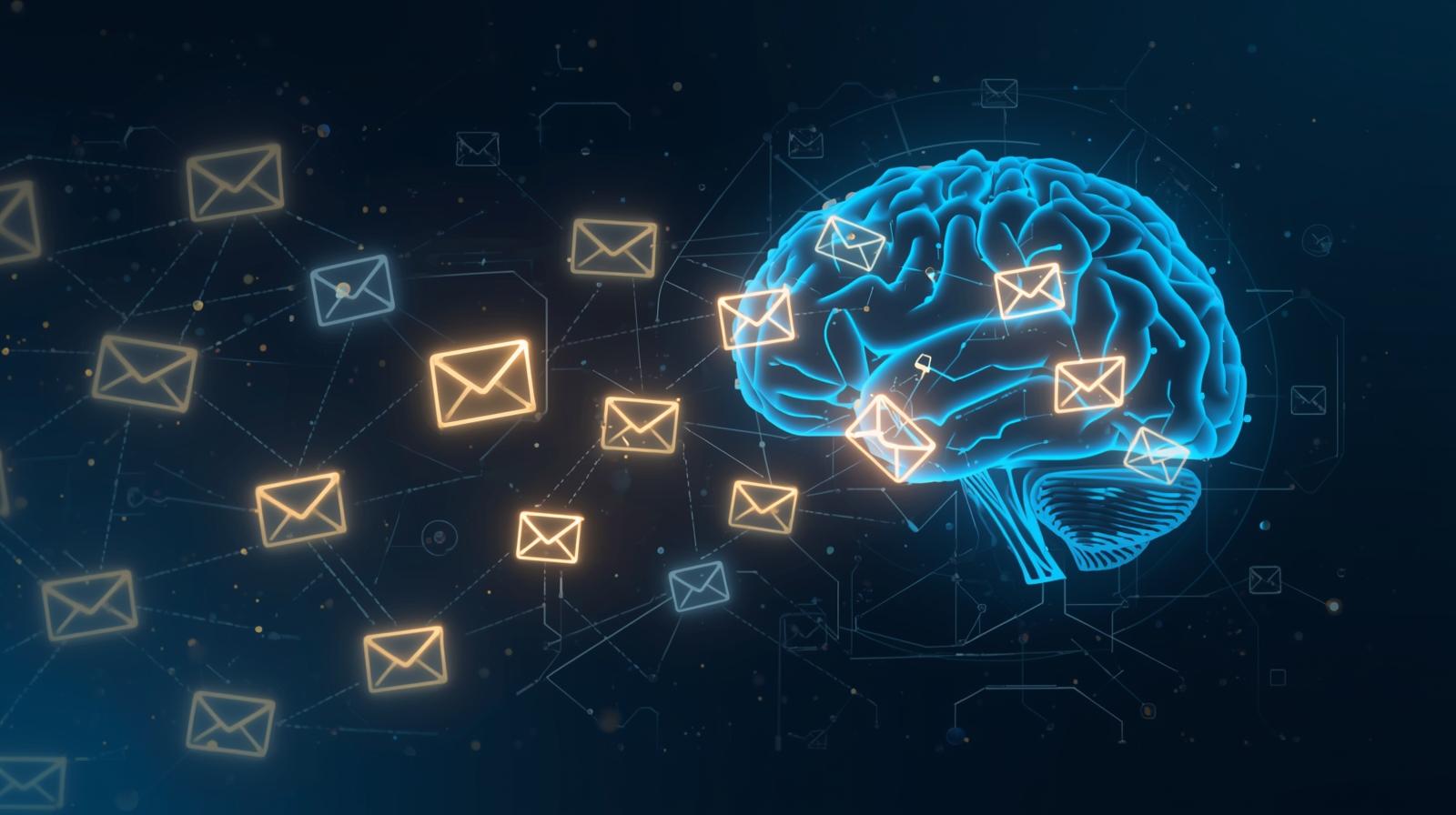AI Takes the Inbox
How Artificial Intelligence Is Rewriting the Rules of Email Marketing

In the past decade, email marketing evolved from mass distribution to precision targeting — but 2024 marked a genuine turning point. Artificial intelligence is no longer an auxiliary tool; it has become the infrastructure driving how brands communicate, test, and convert through the inbox.
At Organic Growth USA, we witnessed this transition first-hand. Across our affiliate and content partnerships, AI didn’t simply make production faster — it changed the rhythm of strategy itself. Campaigns once managed manually now function as intelligent ecosystems: they interpret audience signals, adjust creative in real time, and self-optimize toward performance goals.
Content That Writes, Tests, and Improves Itself
When our team first integrated generative-AI tools into production workflows, we weren’t chasing novelty. We were measuring efficiency. Within months, average content-creation time dropped by more than 40 percent, and creative testing cycles compressed from days to hours.
These findings align with industry-wide data:
- SurveyMonkey (2025) reports that 51 percent of marketing teams now use AI tools to optimize email content.
- The Digital Marketing Institute notes that AI-personalized emails deliver 41 percent higher revenue and 13 percent greater click-through rates than human-written control groups.
- Tabular.Email’s Q2 2025 benchmark shows campaigns using AI-assisted copy outperform traditional campaigns by 12–15 percent across engagement metrics.
The implication is clear: generative AI is not replacing creative teams — it is multiplying their output. Marketers no longer compose each line; they design the parameters. The role evolves from execution to creative direction, where human judgment defines strategy and machine intelligence handles repetition and testing at scale.
Personalization at Scale: When Data Learns to Speak Human
True personalization was never about inserting a first name — it’s about understanding behavioral intent. By mid-2025, AI began processing not only clicks and purchase histories but contextual signals: device type, time-of-day responsiveness, and even tone preference.

At Organic Growth USA, we observed that when predictive models informed segmentation, open rates improved by 27 percent and conversion rates by 19 percent, even without changing offer structure.
External data mirrors our findings:
- Salesforce (2025) describes AI in email marketing as “the layer that continuously personalizes content, optimizes send times, and refines audience clusters through live behavioral feedback.”
- Singulate’s 2025 Report documented an 82 percent lift in conversion rates among brands implementing AI-driven 1:1 personalization at scale.
These results confirm what we’ve long suspected: effective marketing in 2025 isn’t about message volume — it’s about contextual precision. AI enables that at a speed and depth unattainable through manual segmentation.
Automation 2.0: From Campaigns to Conversations
The phrase “set and forget” no longer applies. Today, intelligent automation redefines engagement as an ongoing dialogue. AI observes user behavior in real time and adapts the next communication before the previous one is even finished measuring.
When our affiliate network introduced adaptive automation — emails that changed content and CTAs based on live click patterns — engagement increased 17 percent versus static sequences.
Industry data supports this transformation:
- MarTech’s 2025 Litmus/Validity Report states that 49 percent of marketers already use generative AI for static copy, and AI-generated visuals in emails have grown 340 percent year-over-year.
- CoSchedule’s “State of AI in Marketing 2025” found 85.8 percent of marketing professionals plan deeper AI integration within the next two years.
The inbox has officially evolved from a broadcast channel to a living feedback system, one that listens, responds, and iterates — often faster than human teams can approve the changes.
Testing Without Testing: Predictive Optimization Becomes the Norm
A/B testing used to be the cornerstone of performance marketing — now, it’s the starting dataset. Predictive engines simulate hundreds of creative combinations in seconds, identify statistically dominant patterns, and deploy winners automatically.
In 2025 we replaced manual A/B testing across multiple verticals with pre-launch AI simulations; campaign validation time dropped from seven days to two hours, while maintaining accuracy within a 2 percent variance.
Supporting evidence:
- Tabular.Email (2025) reports that AI-driven campaigns yield 13 percent higher CTR and 41 percent more revenue than non-AI controls.
- G2 Learn Hub found that 95 percent of marketers using generative AI for email creation consider it effective in improving performance metrics.
What this means strategically: testing is no longer about waiting for results — it’s about anticipating them. AI empowers teams to focus on creative direction rather than statistical validation.
Redefining ROI: Measuring the Human + Machine Dividend
Traditional metrics — open rates, CTRs, conversions — remain important, but they no longer tell the whole story. At Organic Growth USA, we’ve introduced a new KPI: Human + Machine ROI, measuring not only campaign performance but time and resource efficiency.
Across 2024–2025, AI integration cut creative production hours by 38 percent, while revenue per contact grew 17 percent. Globally, this aligns with:
- SurveyMonkey (2025): 73 percent of marketers say AI now plays a major role in crafting personalized experiences.
- Cognism (Q4 2025): forecasts that by the end of 2026, over 75 percent of email marketing operations will be AI-supported.
The business implication is clear: ROI is no longer defined solely by clicks or conversions — it’s defined by efficiency and adaptability. AI turns every marketing dollar into a compounding asset: less human cost, faster iteration, more scale.